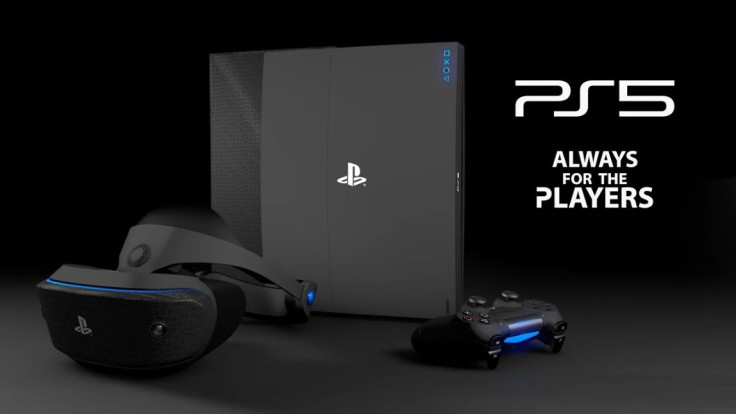It’s been over a month now since that exclusive interview with Mark Cerny, in which he detailed what to expect from the upcoming PlayStation 5. The beast of a machine will reportedly feature a third-generation Ryzen CPU, the newest Zen 2 7nm architecture, AMD’s Navi GPU, also on the same architecture, PlayStation 4 backwards compatibility, and ray-tracing capabilities. The most anticipated feature, however, is the inclusion of a SSD, which is only about four to six years late.
The inclusion of a SSD should clear up one of the worst things about consoles, which is horrible load times. In order to show off just how fast the future of loading will be for Sony’s next-gen console, the company held demonstrations yesterday showing side-by-side comparisons. These were held during a Sony investor relations meeting, and a Twitter video has emerged showing off the presentation involving load times. In it, the demo uses the recent title Spider-Man to show just how fast they can be on the upcoming console. Check it out below.
Sony's official video comparing performance of PS4 Pro vs next-gen PlayStation pic.twitter.com/2eUROxKFLq
— Takashi Mochizuki (@6d6f636869) May 21, 2019
Comparing the consoles, the PlayStation 4 takes around eight seconds to load a single Spider-Man level, while the PlayStation 5 does so in less than a second. The PlayStation 5 can also handle dynamic map switching better, especially in areas where the game engine loads portions of a map in order to transition to a new one. These are marked with the spinning circle (think of the YouTube buffering circle) or maybe even slight pauses as you move from one map to another.
It’s kind of neat to see just how fast the load times can be on this upcoming machine, but these load times are artificially produced and not from actual in-game comparisons. It is therefore important to temper expectations, as there hasn’t been a console launch in history that was smooth and without faults. Given the choice, being an early adopter has far more cons than it has pros, so maybe wait for it to get better and then get in once the console has somewhat been stabilized.
Sony’s PlayStation 5 won’t be releasing in the next 12 months, so there’s still some time before we can get to experience Sony's offering for the next generation of hardware.

















